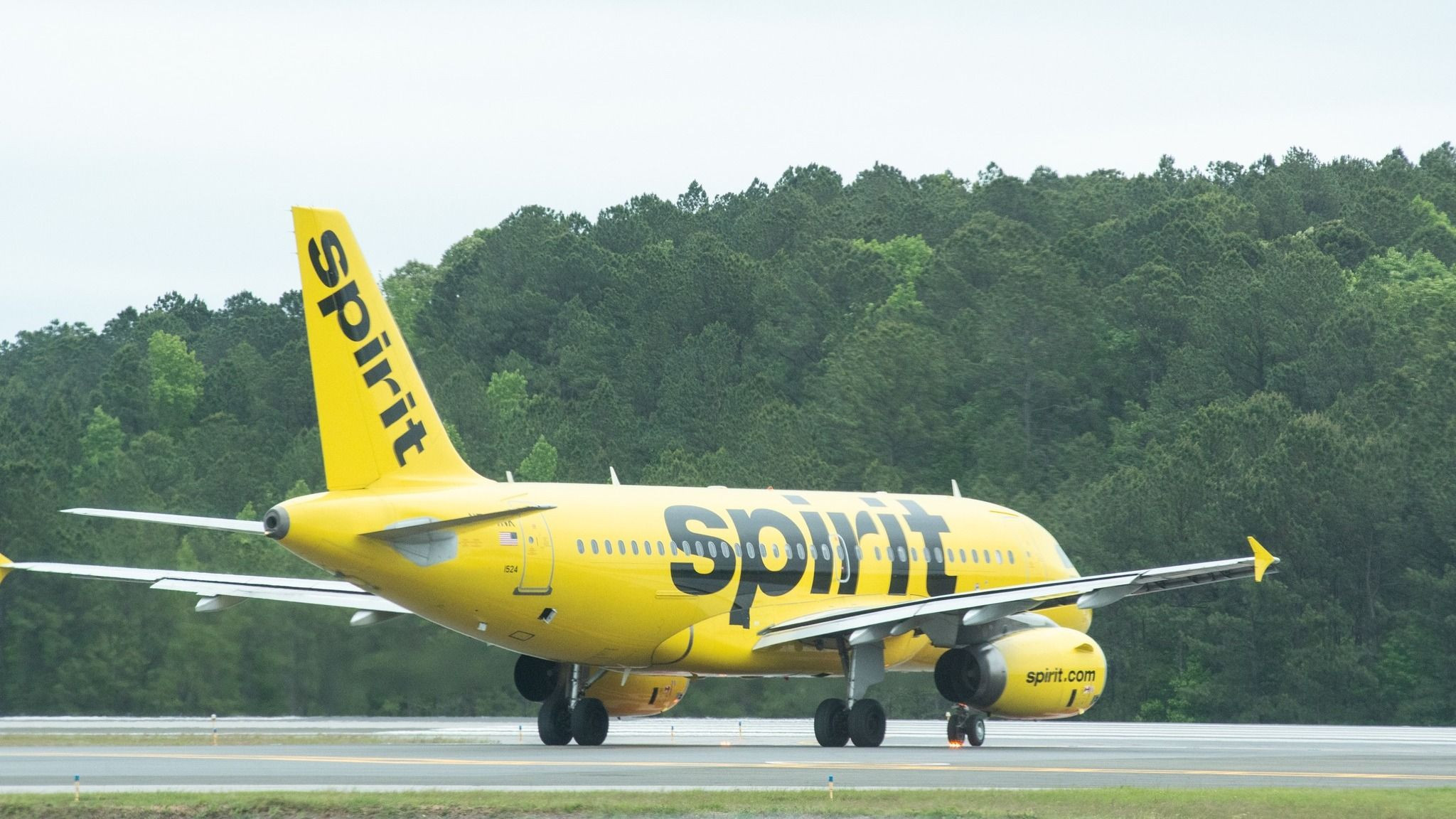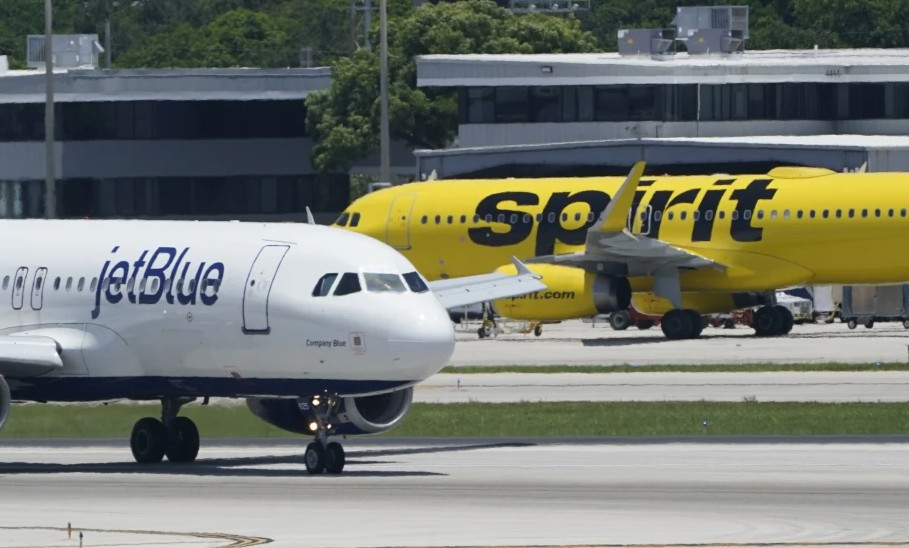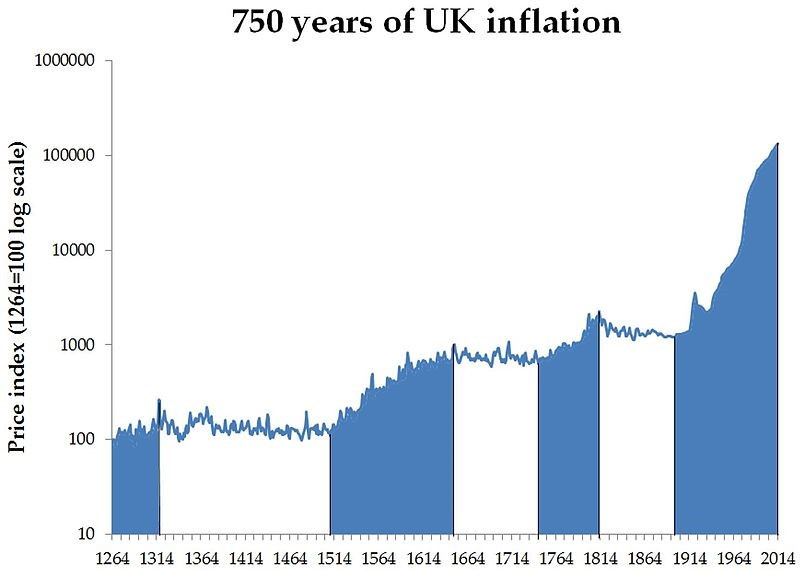Spirit Airlines Files for Chapter 11 Bankruptcy: A Deep Dive
After years of accumulating losses and a failed merger attempt, Spirit Airlines, the nation's seventh-largest carrier, announced on Monday that it had filed for Chapter 11 bankruptcy protection. This news sent shockwaves through the airline industry and left many passengers wondering about the future of their travel plans. However, the airline assures customers that operations will continue as normal throughout the bankruptcy process. This means that existing bookings, credits, and loyalty points remain valid.
Understanding Spirit Airlines' Financial Troubles
Spirit's financial woes began to worsen significantly after 2019, when the company last posted a full-year profit. The airline lost over $2.5 billion since the start of 2020, struggling to recover from the pandemic's impact on travel and the subsequent failed merger with JetBlue. Looming debt payments exceeding $1 billion over the next year added further pressure. The failed merger with JetBlue, blocked by a federal judge in January 2024 due to antitrust concerns, dealt a significant blow to the airline's financial stability. This was followed by a series of events that saw the airline's stock plummet by 97% since late 2018.
The Failed JetBlue Merger and its Consequences
The proposed merger between Spirit and JetBlue was anticipated to improve their ability to compete against larger airlines. However, the Department of Justice intervened, filing a lawsuit to block the deal, arguing it would lead to higher prices and reduced competition. A federal judge ultimately sided with the Department of Justice, leading to the termination of the merger agreement in March 2024. This decision significantly impacted Spirit's financial outlook and contributed to its current situation.
The Chapter 11 Process and its Implications
Spirit Airlines is the first major U.S. airline to file for Chapter 11 since 2011. The airline's move, however, isn't entirely unexpected. Chapter 11 bankruptcy allows companies to reorganize their finances while continuing to operate. Spirit has already reached a pre-arranged agreement with its bondholders, including $300 million in debtor-in-possession financing, to restructure its debt. The airline aims to complete the restructuring process by the first quarter of 2025, emerging better positioned to compete in the market.
Ensuring Uninterrupted Operations
Spirit has emphasized its commitment to maintaining normal flight operations throughout the bankruptcy process. The airline assures customers that all existing tickets, credits, and loyalty points will remain valid. Customers can continue to book and fly without interruption; affiliated credit cards and other membership perks remain functional.
Spirit Airlines’ Future: A Path to Recovery
Despite the challenges, Spirit is taking proactive measures to address the situation. The airline has implemented cost-cutting strategies such as selling some of its planes. Additionally, they've introduced bundled fares that include additional amenities, a departure from its previous low-fare, add-on fee model. This strategic shift aims to improve the customer experience and bolster revenue. The restructuring efforts have been described by CEO Ted Christie as a "vote of confidence" in Spirit's long-term prospects, a sentiment shared by many of its bondholders who have voted in favor of the bankruptcy filing.
Adapting to Market Changes
Spirit's financial difficulties are partly attributed to increased costs, particularly labor expenses. The rise of budget-friendly options from major U.S. airlines has also eroded some of Spirit's customer base. A surplus of flights for U.S. leisure travel has further suppressed fares, negatively affecting Spirit's revenue. The company also suffered from required repairs to Pratt & Whitney engines, which temporarily grounded dozens of its aircraft. These factors highlight the airline's need to adapt to dynamic market conditions.
Navigating the Skies Ahead: A New Era for Spirit?
Spirit Airlines' bankruptcy filing marks a significant turning point in the airline's history. While the road to recovery will undoubtedly be challenging, the airline’s proactive measures, including its restructuring plan and operational assurances, point towards a potential resurgence. The airline's relatively young fleet makes it attractive to investors, potentially paving the way for future acquisition or partnerships. The successful completion of the Chapter 11 process will determine Spirit's long-term sustainability and its place in the competitive landscape of the airline industry. The coming months will be pivotal in determining the success of Spirit’s reorganization and its ability to offer the “best value in the sky.” The airline’s commitment to its customers, and its plan to continue operations seamlessly, offers a glimpse of hope for both passengers and investors alike.


















